
Search for the U.S. Revenue Cutter Bear
Past Expedition
Overview
From September 14-28, NOAA and the U.S. Coast Guard searched for the U.S. Revenue Cutter (USRC) Bear. USRC Bear, which served nearly 80 years in the Revenue Cutter Service, the Coast Guard, and the Navy, has a rich history of meritorious service in the Arctic, the North Atlantic, and Antarctica. Originally built as a sealer in 1874, it went down in 1963 in waters near the U.S./Canada international boundary approximately 260 miles due east of Boston and 90 miles south of Cape Sable, Nova Scotia.
Features
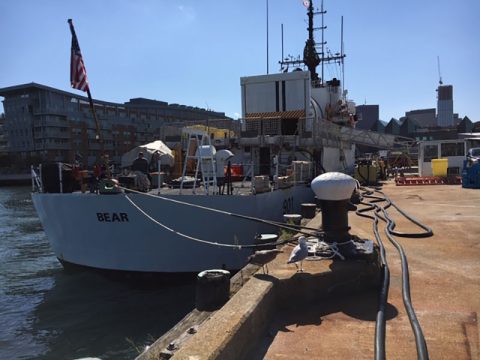

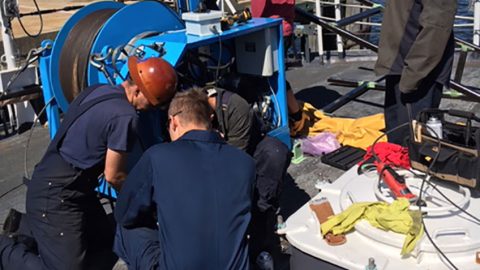
View Less
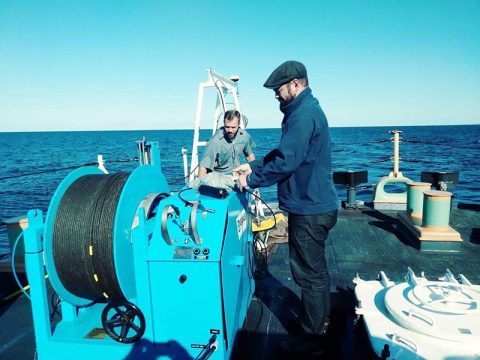
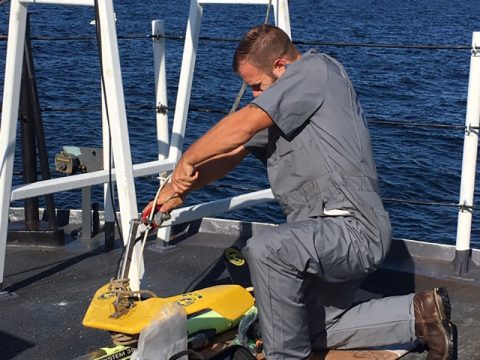
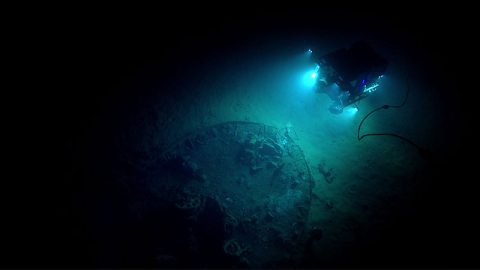

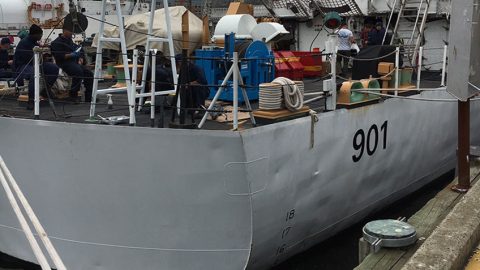
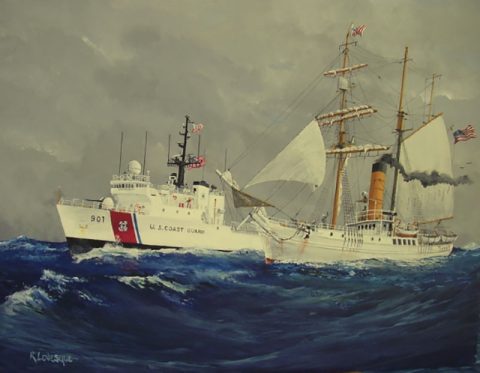
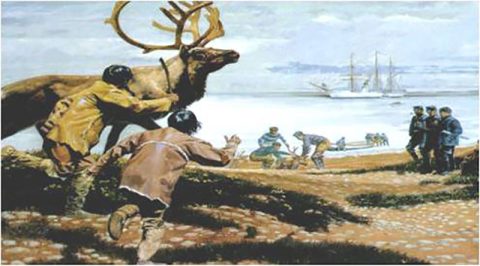
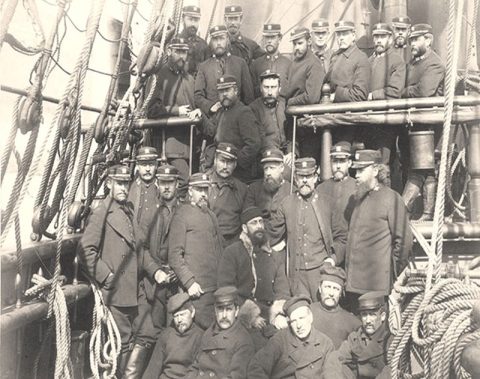
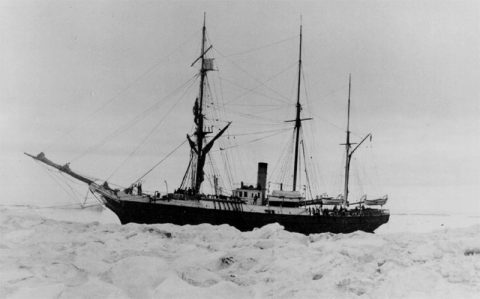
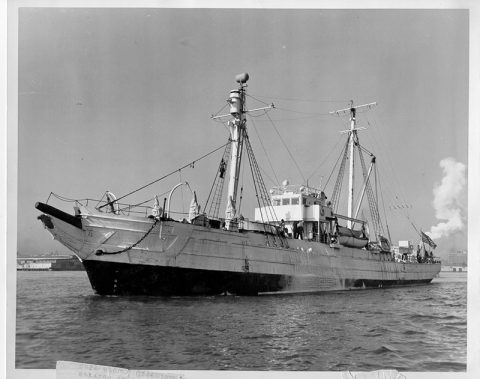
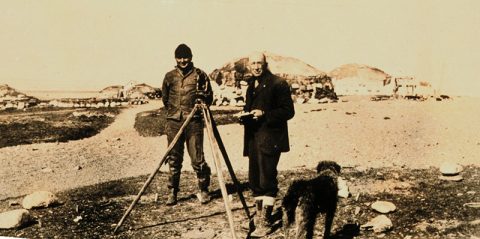
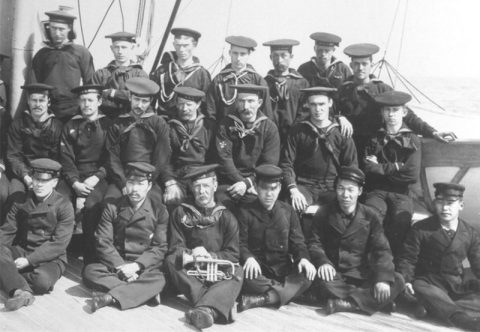
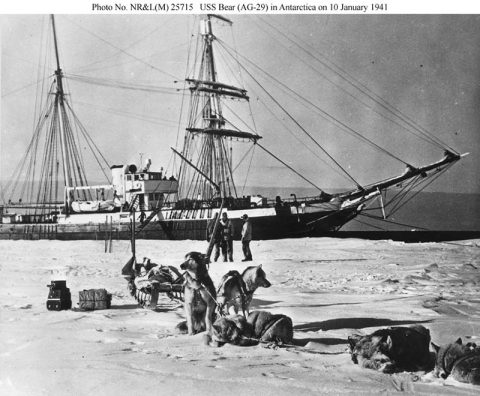
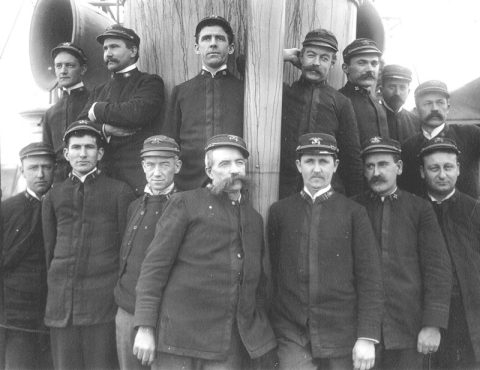
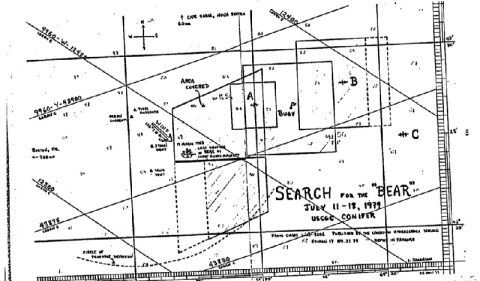
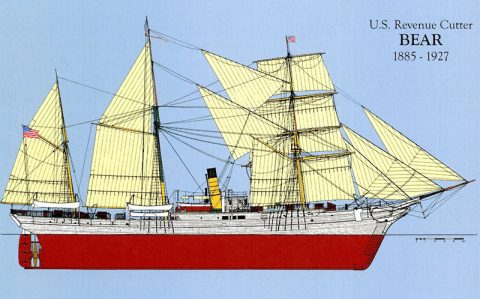
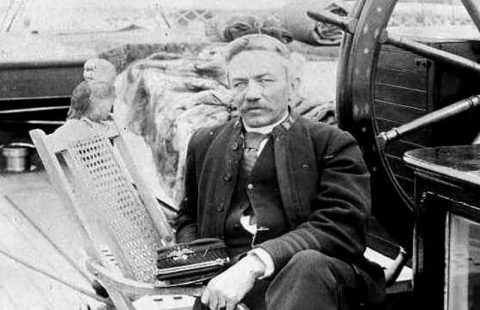
Multimedia
Featured multimedia assets associated with this project.
Education
Our Learn & Discover page provides the best of what the NOAA Ocean Exploration website has to offer to support educators in the classroom during this expedition. Each theme page includes expedition features, lessons, multimedia, career information, and associated past expeditions. Below are related top education themes for this expedition.
Meet the Exploration Team
Learn more about the team members and their contributions to this project.





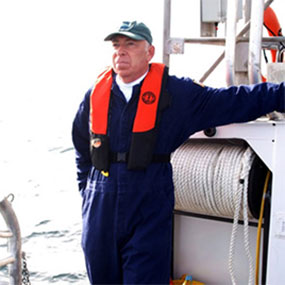
NOAA Office of National Marine Sanctuaries Maritime Heritage Program – Maritime Archaeologist
Resources & Contacts
-
NOAA Office of Ocean Exploration and Research
Emily Crum
Office: (843) 460-9772 | Mobile: (202) 424-0081
Email Address: emily.crum@noaa.gov -
NOAA Research
Monica Allen
Acting Director of Communications for NOAA Research and Director of Media
Relations for NOAA Research
Office: (301) 734-1123 | Mobile: (202) 379-6693
Email Address:
monica.allen@noaa.gov -
NOAA Office of National Marine Sanctuaries
Vernon Smith
National Media Coordinator
Office: (301) 713-3125 x248
Email Address:
vernon.smith@noaa.gov -
U.S. Coast Guard First District Public Affairs Office
LT Adam Schmid
Email Address:
Adam.M.Schmid@uscg.mil
